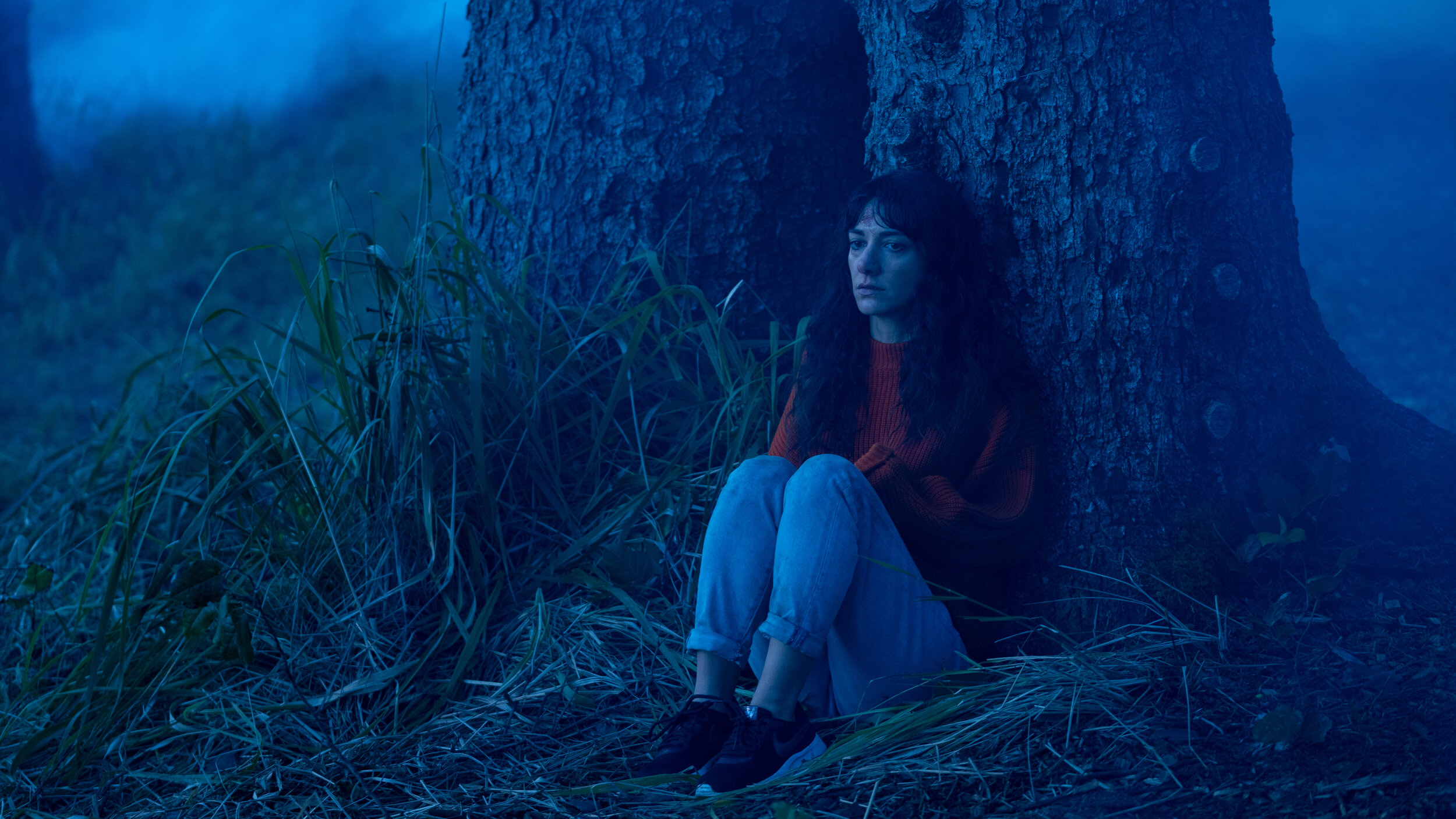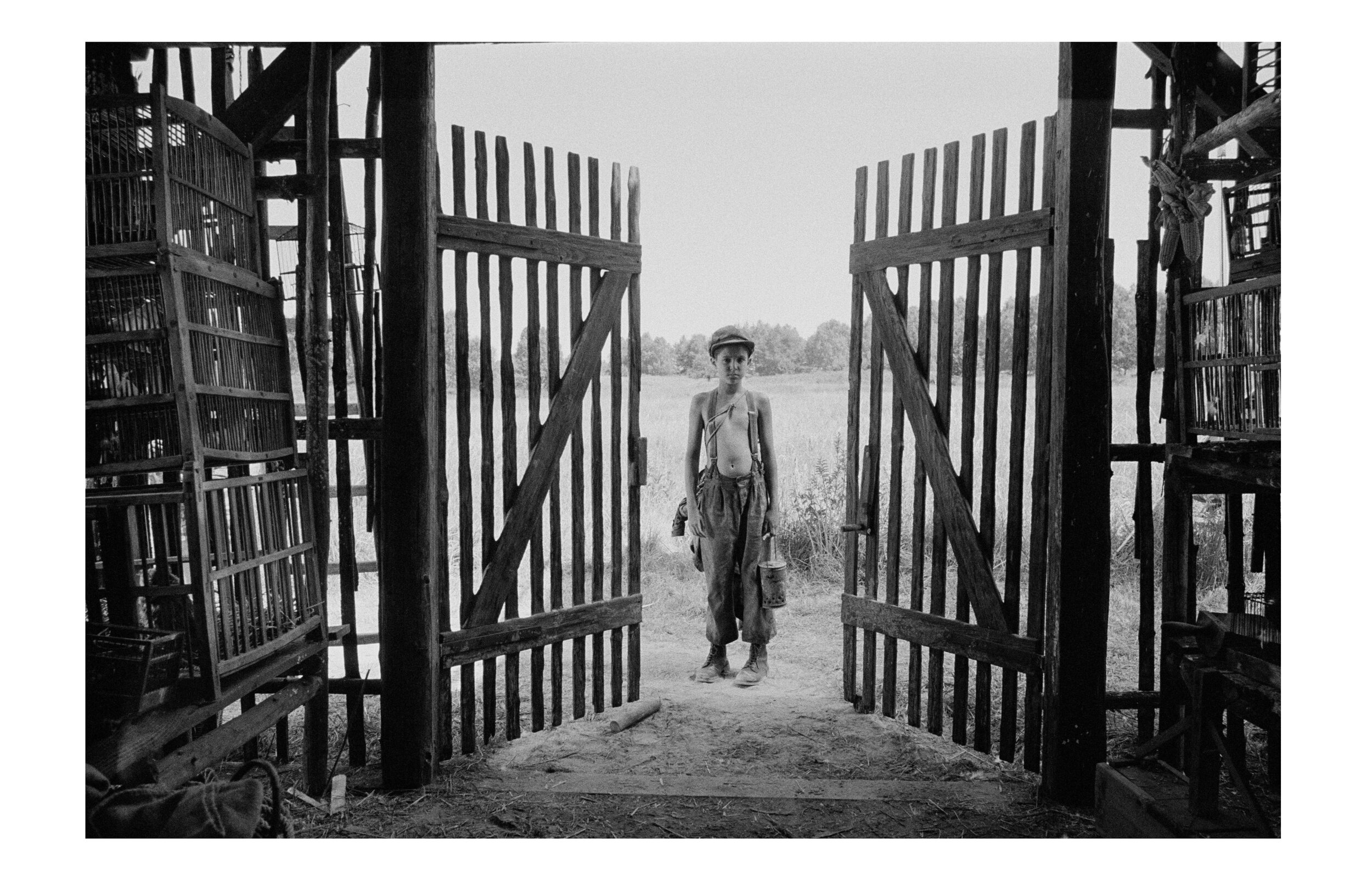Review: 'The Rental' is a creepy, twisty thriller, smartly constructed by first-time director Dave Franco
Mark the horror thriller “The Rental” as the beginning of a change, one where we stop thinking of Dave Franco as James’ comparatively normal brother and start thinking of him as a crackerjack director.
Franco, co-writing with indie director Joe Swanberg and sharing story credit with Swanberg and Mike Demski, creates one type of suspense thriller that’s deviously disguised as another kind of thriller. It starts with two couples who decide to get out of Los Angeles for a celebratory weekend at a huge Oregon seaside house they find on an online rental site.
The foursome are: Charlie (Dan Stevens); Charlie’s creative partner, Mina (Sheila Vand); Charlie’s wife, Michelle (Alison Brie); and Charlie’s brother, Josh (Jeremy Allen White), who’s dating Mina. They get to the house, get some creepy vibes off the racist guy (Toby Huss) renting the house to them, and then try to enjoy themselves for the weekend.
Many drinks and a fair amount of molly later, and things start happening that one might predict in such a situation. Then things start happening that one would never predict. No, I’m not going to tell you what those things are. That’s for you to discover, and then pry your fingernails off your armrest.
(Yes, armrests — you can go see this movie in actual movie theaters, if any are open in your town. But wear a mask and stay away from everybody else. Or, better yet, rent this to stream at home, and make your own popcorn.)
Franco knows his way around a thriller, having starred in “Now You See Me” and “Nerve,” among others. As a director, he masters the rhythms of a good suspenseful movie, building up tension in measured doses, springing the trap when you’re not expecting it. And he can lay down a creepy undertone that will unsettle you from beginning to end.
Stevens (“Beauty and the Beast”) and Brie (“Community,” “Mad Men”) are familiar faces, and they provide new wrinkles to what we think we know about their screen personas. (Brie is also married to the director.) White, familiar to fans of Showtime’s “Shameless,” gives an impressive turn as the screw-up brother trying to get on the right track. Vand (“A Girl Walks Home Alone at Night”) is the breakthrough here, acting as the catalyst whose righteous anger has far-reaching consequences. As a quartet, in service to Franco’s disturbing story, they make “The Rental” a singularly tension-building experience.
——
‘The Rental’
★★★1/2
Opens Friday, July 24, at Megaplex Theatres across Utah, Redwood Drive-in, and as a video-on-demand rental on most streaming platforms. Rated R for violence, language throughout, drug use and some sexuality. Running time: 88 minutes.







